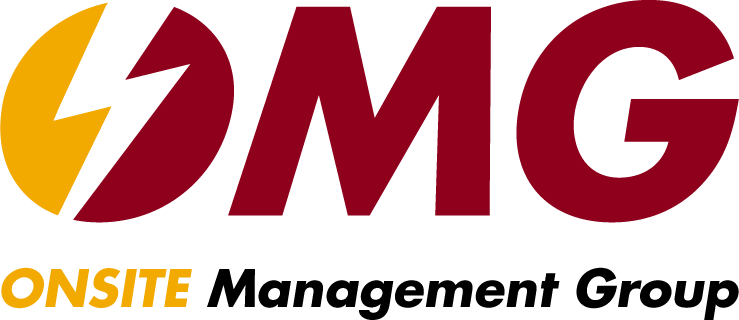The traditional workplace has changed significantly since the pandemic began and with it came a whole new set of challenges. This 3-part series will explore these challenges and discuss their potential solutions for reshaping the office
Now that the fears of the pandemic are starting to subside, business leaders are now giving thought to how they should return to the office. With an unclear roadmap to welcome employees back to the office, In the second part of this series, we will focus on the challenges businesses are facing when adapting to the modern way of working in the wake of the pandemic.
Losing Employees Who Want to Work Remotely
When the pandemic hit, the world was abruptly thrusted into the work from home model as businesses attempted to resume operations. Millions of employees were suddenly able to experience working from home and the flexibility and convenience it offered, improving their performance in the process. It’s no surprise that since offices started opening back up that some employees have been reluctant to return to the office.
In a tight labor market, the employees have the advantage when negotiating their return. In some cases, employees are even downright refusing to return to the office unless they get permission to work from home at least part-time. Of course, this poses a significant challenge for any company that wants to return to the pre-pandemic business model of working in the office exclusively.
Empty Offices vs. Resizing
For some organizations, the transition to a work from home environment has been seamless. While others were not as prepared for reshaping the office. Many businesses have found that remote working provides many benefits. Employees are seeking new perks, while also contributing to reduced operating costs as offices go empty. For others, having in-person employee interactions is vital to growth. This all raises two important questions that all organizations must address. Is a remote or hybrid working model right for the company; and how will physical offices be impacted by a decentralized workforce?
Reshaping the Office: Access to Documents
Some business processes are dependent on physical materials such as mail, documents, records, and equipment. How can access to physical material be preserved in a remote or hybrid workforce?
Organizations can certainly permit employees to take sensitive materials home, but this does not come without increased risk exposure and additional compliance vulnerability. When employees are permitted to work from home, at least part time, conversations focused on how materials are requisitioned and how sensitive information is safeguarded become essential.
Productivity
Maintaining a productive workforce, whether in the office or remote, is vitally important to all organizations. Managers must choose the most effective way to operate. While some companies may be able to work remotely, not all of their employees will be able to stay productive.
This could be due to a variety of reasons like not having a dedicated working space in the home. They can also be lacking resources for adequate hardware and equipment to perform their duties remotely. That and simply having too many distractions in the home.
Managers must keep these things in consideration along with their specific business models to make sure their productivity remains optimal and their employees are happy. Here is an important question, if workers go remote how do managers maintain workflow efficacy? The remote and hybrid working world has made the role of a much more challenging.
Effective Communication
At the heart of maintaining a productive workforce is communication. Remote working has introduced new challenges that affect business leaders and employees alike. Body language, mood, and other social queues are less obvious than with in-person interactions.
The workforce also becomes more siloed as there are fewer opportunities to engage casually with their colleagues. Effective communication also builds trust. Without either, it is impossible for businesses to motivate their employees. It is also difficult to form profitable relationships or gain traction.
Managers must now adapt to engage with their employees, encourage teamwork, and inspire innovative thinking to maintain a successful, decentralized workforce.

Final Thoughts
The offices of the future needs to consider all these factors as well as the nuances outlined in this article before deciding how to develop and execute a strategy. How organizations respond to these challenges can either take a business to unprecedented heights or teach a painful lesson.
While identifying the potential problems that offices of the future could face is vital, businesses need solutions too, and that is precisely what we will be focusing on in the final installment of this series.



![Read more about the article What are office procedures? [2022 Complete Guide]](https://mljawwuuhapb.i.optimole.com/w:300/h:208/q:eco/ig:avif/https://nonstop-thimble.flywheelsites.com/wp-content/uploads/2021/09/Offices-Reimagined.jpg)